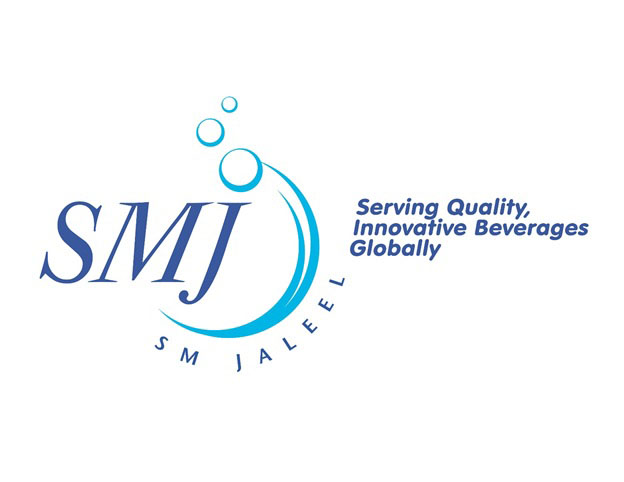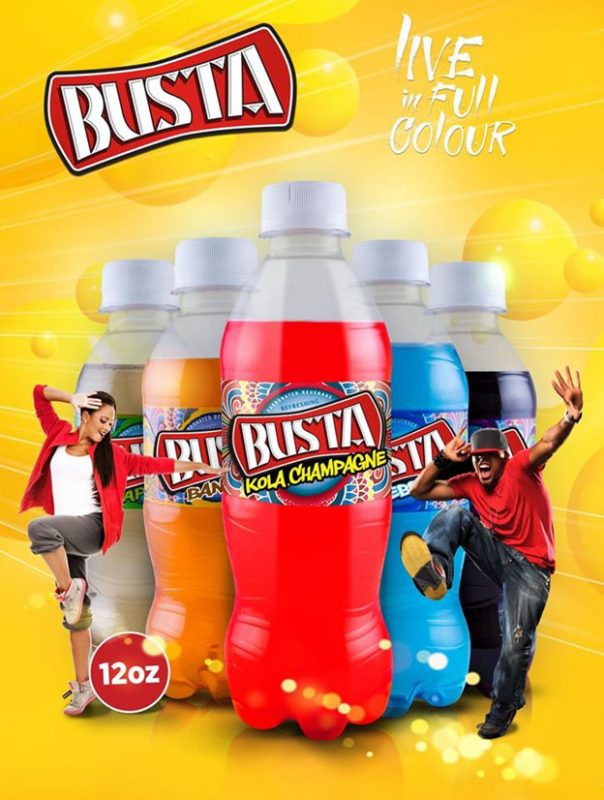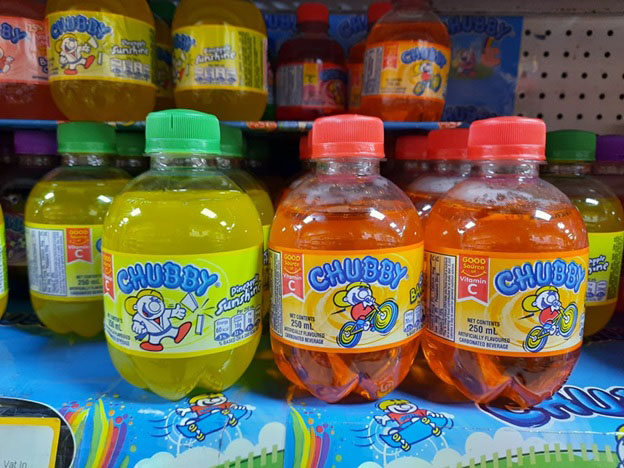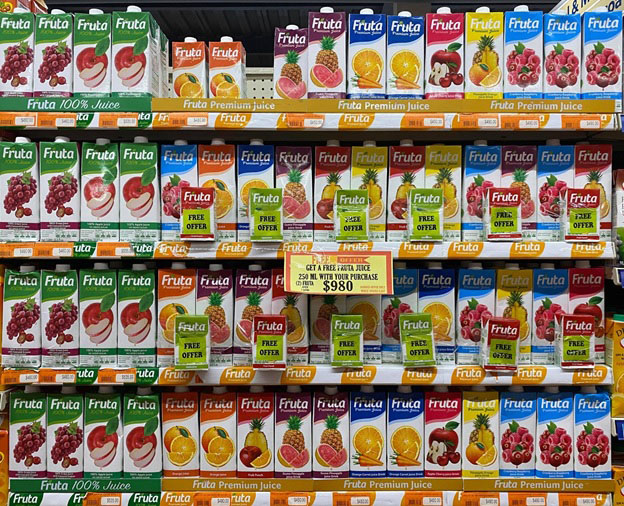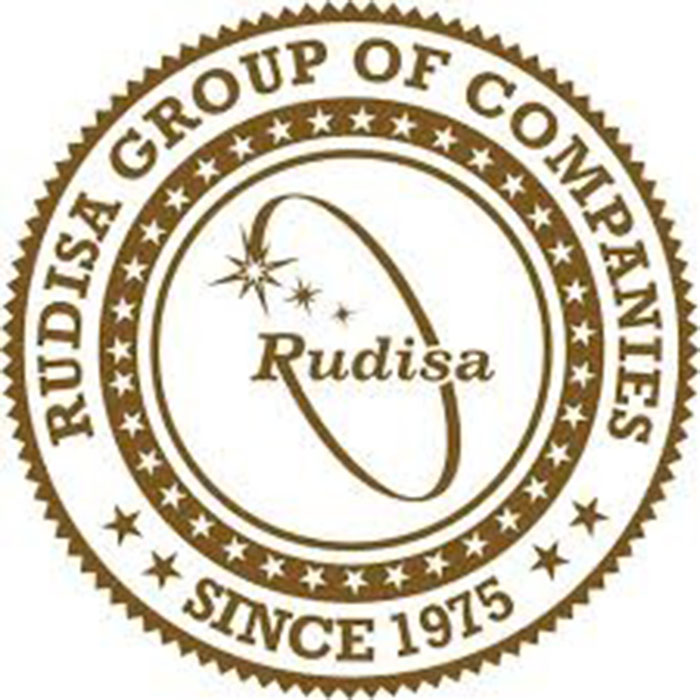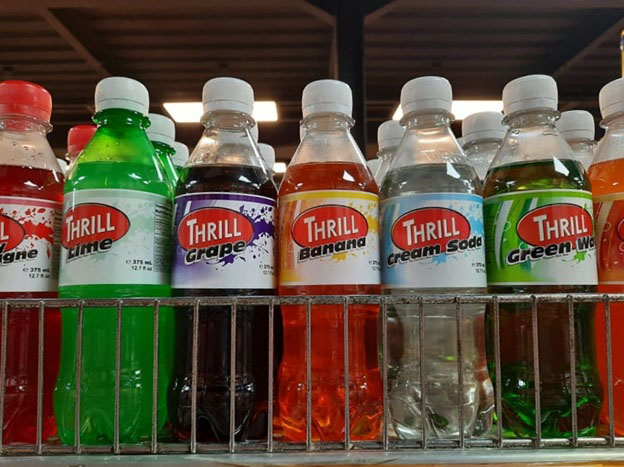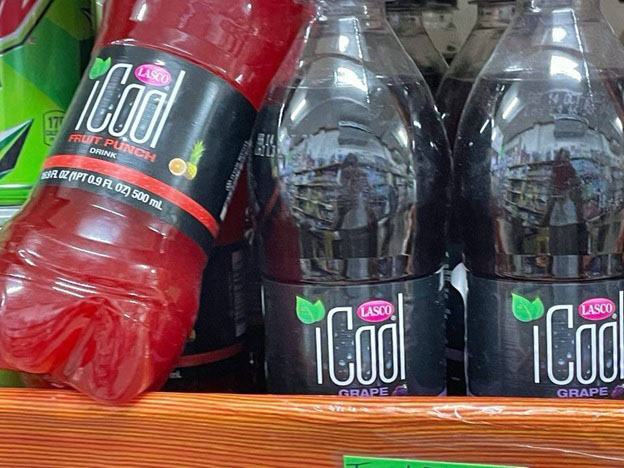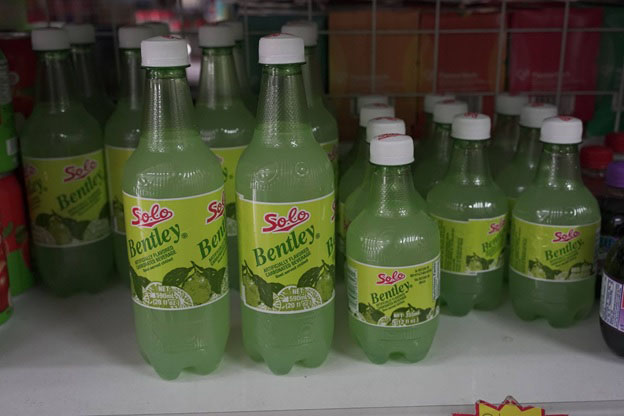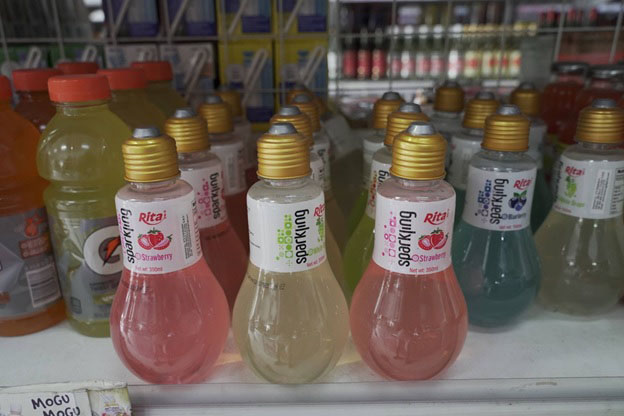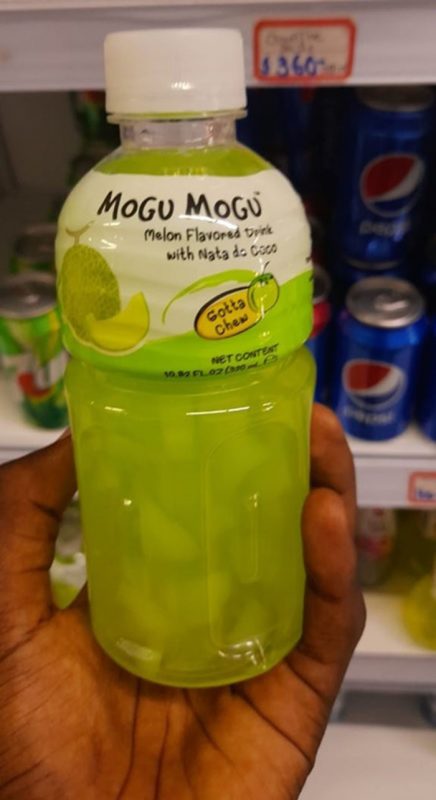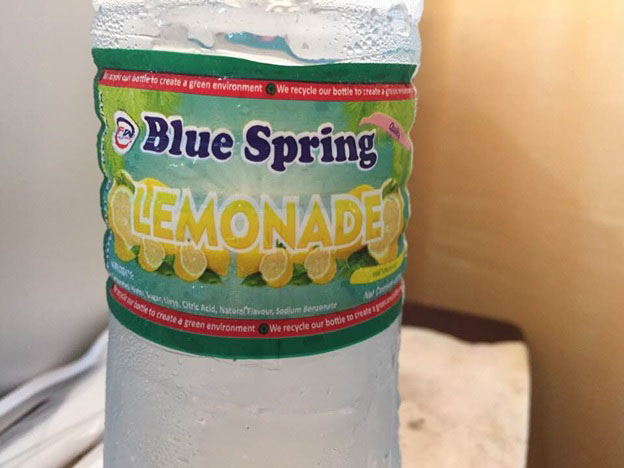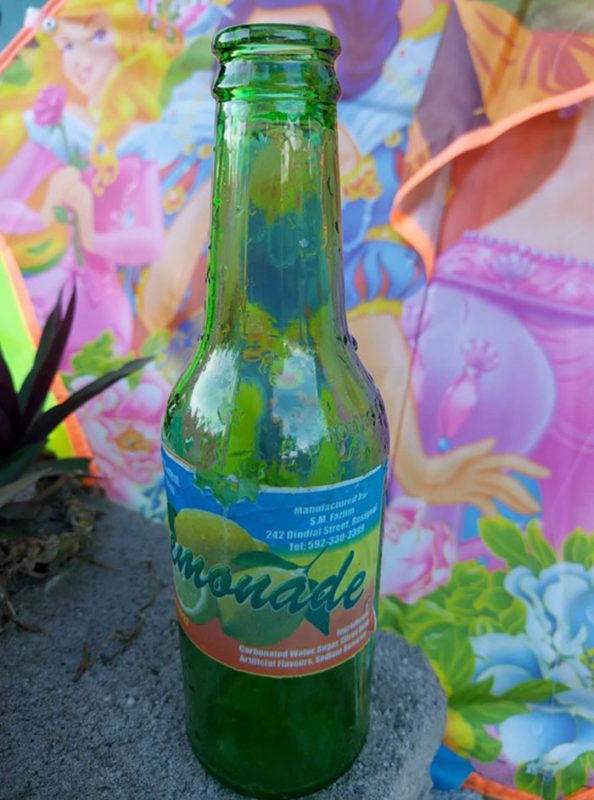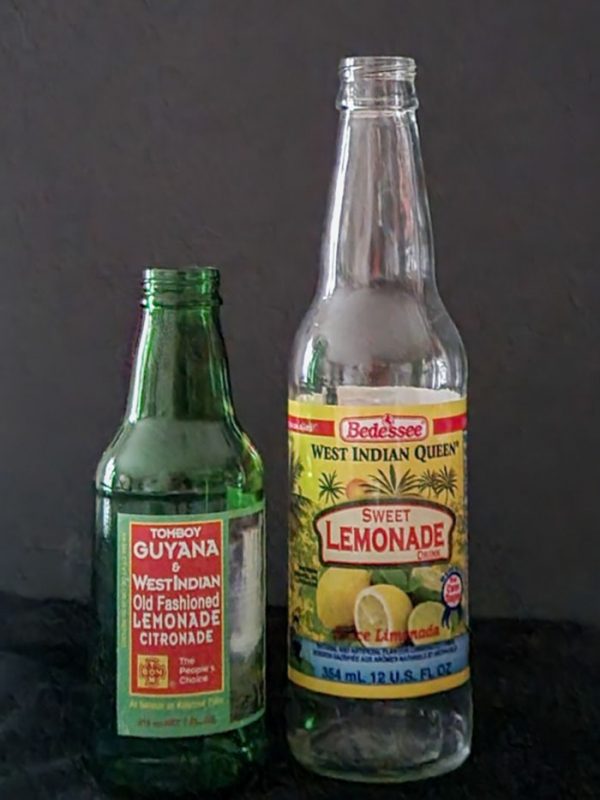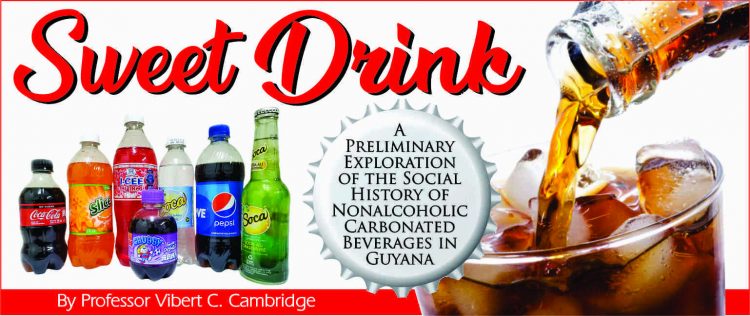
The Eighth Heads of Government Meeting took the idea of regional cooperation to the next level. The 11 heads of government considered and signed draft legal instruments that led to The Treaty of Chaguaramas. The treaty, which was signed on August 1, 1973, established the Caribbean Community and Common Market (CARICOM). In 2019, CARICOM had 15 members, including Suriname (which joined in 1995) and Haiti (which became a member in 2002). The Caribbean Community’s vision statement is as follows:
A Caribbean Community that is integrated, inclusive and resilient; driven by knowledge, excellence, innovation, and productivity; a Community where every citizen is secure and has the opportunity to realise his or her potential with guaranteed human rights and social justice; and contributes to, and shares in, its economic, social and cultural prosperity; a Community which is a unified and competitive force in the global arena.
In addition to a shared optimism, there are shared realities. An August 2015 Tufts University article reported that in 2010, Caribbean adults, especially males aged 20–39, accounted for the highest sugar-sweetened beverage consumption in the world: 3.4 servings per day. Those conclusions were based on a study conducted in 187 countries representing approximately half of the world’s population.
Large soft-drink bottling companies, such as S. M. Jaleel & Company Ltd. (SMJ) of Trinidad and Tobago, and Rudisa of Suriname, in the Caribbean are actively trying to expand their markets in the Caribbean and the Caribbean diaspora in Europe and North America. In the early 1990s, Guyana became an important market for both bottlers. In this installment, we comment on their presence in the post-1992 Guyanese sweet drink market and their relationship to a landmark Caribbean Court of Justice (CCJ) decision that indicated the legal limits of Guyana’s sovereignty.
S. M. Jaleel & Company Ltd.
The Trinidad and Tobago-based soft-drink giant SMJ, which was established in 1924, is possibly the largest nonalcoholic beverage manufacturer in the English-speaking Caribbean. According to its website (2020), SMJ has bottling plants and bottling arrangements around the world. The website identified operations in Barbados, Brazil, Canada, Grenada, Haiti, India, Saudi Arabia, South Africa, St. Lucia, and the United Kingdom. Its products are distributed to more than 60 countries.
The company’s relationship with Guyana can be traced back to the early days of the Rahaman Soda Factory. S. M. Jaleel helped Hajji Meer Amjad Ally Rahaman to source the equipment for his first factory, which produced lemonade under the Wonder label. This preceded the Rahaman Soda Factory’s bottling of the Red Spot brand under a franchise from S. M. Jaleel. The Red Spot brand was launched in Trinidad and Tobago in 1950. By the early 1950s, it was being bottled in British Guiana. In 1997, Guyana Beverages was incorporated as the distributor of all SMJ brands in Guyana. Among the carbonated brands distributed are Chubby, Busta, and Viva sparkling water. Chubby is known as the official kids’ soft drink of Trinidad. It is also popular in Jamaica. Other nonalcoholic beverages distributed by Guyana Beverages include Fruta juices.
Rudisa
According to the company’s LinkedIn page, “Rudisa was founded in 1975 by Mr. Dilipkoemar Sardjoe.” He is described as “transform[ing] the company into one of the strongest and largest conglomerates in Surinam … single-handedly [breaking] many of the monopolies in Surinam’s economic history … develop[ing] prestigious brands in Suriname, Barbados, Jamaica, Guyana, Antigua and the Netherlands.” The LinkedIn page also describes Rudisa as Surinam’s first multinational to “[distinguish] itself by delivering a wide range of superior consumer goods and services and responding to consumer demand “by keeping its products up-to-date and offering a variety of brands.”
The company’s LinkedIn page also states, “Inspired by Dilip Sardjoe, the hands-on Rudisa companies can regard themselves as the most successful, stable and innovative organizations within and outside the Caricom.” Caribbean International Distributors Inc., established in 2007, is the Guyana-based subsidiary of Rudisa. The company entered the Guyana market on July 9, 2007. Among the products it distributes in Guyana are Thrill sodas, RC Cola, and Blue Life water.
After the lull from 1975 to 1992, there was an upswing in the Guyanese sweet-drink market. The international brands returned. There were new bottling technologies and distributors of products from Trinidad and Surinam. Plastic bottles had replaced the recyclable glass bottles.
Did Sweet Drinks Kill the Garden City?
When Henry Kirke lived in British Guiana during the late 19th century, Georgetown was known as the Garden City. By the first decade of the 21st century, it was derisively known as the Garbage City because of the litter, which included plastic. The shift from glass bottles to single-use plastic bottles, as well as Styrofoam and other types of plastic packaging, in the burgeoning fast-food industry contributed to solid waste pollution. According to a former senior government minister, the need to alleviate the solid waste problem and an opportunity to generate revenue were the reasons behind the environmental tax introduced by the Government of Guyana in 1995 under section 7A of the Customs Act.
Rudisa and SMJ challenged the legality of Guyana’s environmental tax. The case was adjudicated by the Caribbean Court of Justice. In 2014 and again in 2017, the court declared the tax unlawful and ordered that the claimants be “repaid monies collected in unlawful environmental taxes imposed by the Republic of Guyana.” The amount for the 2014 claim was US$6,047,244. The amount associated with the 2017 ruling was also in the millions. According to Ralph Ramkarran, this case is emblematic of the dysfunction in contemporary Guyanese governments. He chided both the incumbent government and the opposition about an outcome that left the taxpayers with the burden of paying the fine. This was a demonstration of the limits of sovereignty. The fine could be read as the result of the contemporary ruling class subordinating the national wellbeing for partisan gain.
Between 2007 and 2018, the value of the Rudisa and SMJ beverages imported into Guyana exceeded US$70 million, which represented more than 10 per cent of Guyana’s sweet-drink economy. The sweet-drink brands from these two CARICOM countries were prominent in the photographs of the sweet drinks available to consumers in Guyana in June 2021. The photographs revealed the presence of approximately 250 nonalcoholic beverage brands, 39 percent of which were aerated. The brands of SMJ, Rudisa, and other Caribbean players, such as Trinidad and Tobago’s Solo and Jamaica’s ICool, currently account for at least 15 percent of the sweet-drink market in Guyana.
The Awakening of the Guyanese Players
There have been a few new bottlers of small lemonades. These include SAS PAK’s (Leonora at Parafield, West Coast Demerara), Fazlin’s (Rosignol), and Fullworks’ (Eccles, East Bank Demerara). Clearly, this is a response to the persistence of the demand for the small lemonade. Also supplying lemonade for the Guyanese market are Guyanese bottlers located in the Guyaspora. Lemonades from Toronto-based Bedessee and New York-based TOMBOY were available in Guyana in September 2021.
Other Guyanese players are bottling fruit-flavored drinks and producing concentrates and tonics, including the JET and Umami brands. An apparently revived Wieting & Richter has a bottled-water line, the Crystal Spring Natural Hydration H20 brand. The company appears to be a major supplier of plastic bottles for small and independent bottlers.
In 1840, when Schomburg arrived in Demerara, the water on Guyana’s coast was unpalatable and, thus, not “adapted for drinking purposes.” Much has changed since. Data from Guyana’s Bureau of Statistics indicated that Guyana exported more than 1 million liters of water products valued more than US$4.5 million between 2007 and 2018. Among the major importers of Guyana’s water products are Trinidad and Tobago, the United States, Antigua and Barbuda, Canada, and Suriname.
Synthesis
The sweet drink story is a complex story. At one level, it is a story about entrepreneurs who “tried their luck” and launched an industry that is alive today and led by two companies: Banks D’Aguiar’s Industries & Holdings (Banks DIH) and Demerara Distillers Ltd. (DDL). These two companies have more than 3,000 employees and more than 15,000 shareholders. With their modern bottling systems, they are capable of bottling more than 2,200 units of aerated beverages every minute. Between 1999 and 2019, Guyana produced more than 430 million liters of nonalcoholic carbonated beverages. From 2007 to 2018, the sweet drink economy was valued at approximately US$668 million, with exports accounting for slightly more than US$4 million and imports accounting for almost US$90 million. Both companies have international footprints.
By the start of the 21st century, Banks DIH and DDL were listed among the top 100 companies in the Caribbean. They are recognized as a dynamic sector of the economy. A report for the International Labour Organization concluded that the food and beverage sector, led by the sweet-drink industry, “accounted for approximately 47 percent of total investment and 31 percent of all new jobs created” in 2002.”
Guyana’s National Accounts do not facilitate the easy creation of a trend line for the food and beverage sector from 2002 to the present. The sector is not represented as a category in documents such as the annual national budget and the National Accounts prepared by the Bureau of Statistics. Beverage bottlers pay several types of taxes. Between 2009 and 2020, Banks DIH and DDL paid more than GY$53 billion (approximately US$20 million) in taxes.
Guyana’s sweet-drink industry will continue to be influenced by international trends and practices. A key determinant will be the nature of franchise arrangements. Since its inception, the industry has operated on the basis of either formal franchise models or dependency relationships to obtain syrups, essences, bottles, and equipment. Therefore, trends around the world, especially in the United States, will have an impact on the Guyanese industry in the future.
The conclusions in the 2012 report Breaking Down the Chain: A Guide to the Soft Drink Industry about the future of the U.S. industry remained valid in 2021. They are expected to be relevant for the foreseeable future. Among the factors that were predicted to affect the U.S. industry were changes in lifestyles, public health concerns, environmental challenges, access to raw materials, demographics, and tax policies. The centrality of the U.S. industry means that these issues will have global consequences.
Given current trends in globalization, there will be “increased demand for convenience food and takeaway products” and, thus, increased stimulation of demand for soft drinks. According to observers of contemporary Guyanese society, this phenomenon is already evident. Going with this increasing globalization of lifestyles is the emergence of fusion flavors in domestic and global soft-drink industries. They are evident in the colorful blends of tropical and temperate flavors. Bottlers in Asia have introduced Asian fruit flavors in “electric” green, yellow, pink, and blue colors. Some of these brands are sold in distinctively shaped bottles. As one of my Facebook friends commented, “Sweet drinks in Guyana [are] colorful and gaudy.”
There is much more to story of sweet drinks. In the next and final installment, we will discuss the significance of the sweet-drink story to the wider story of the long Guyanese experience.
REFERENCES
“History of the Caribbean Community,” available at: https://caricom.org/history-of-the-caribbean-community/
Singh, G., Micha, R., Khatibzadeh, S., Shi, P., Lim, S., Andrews, K.G., Engell, R.E., Ezzati, M., & Mozaffarian, D. “Global, regional, and national consumption levels of sugar sweetened beverages, fruit juice, and milk: A systematic assessment of beverage intake in 187 countries.” PLOS ONE, August 2015. Available online at: https://journals.plos.org/plosone/article?id=10.1371/journal.pone.0124845
S. M. Jaleel and Company. Available online at: https://en.wikipedia.org/wiki/S._M._Jaleel_and_Company . See also “History & Timeline” available at: http://smjaleel.net/history-smj/
Liam, L. Comment on Rudisa BEVERAGES AND JUICES N.V. CARIBBEAN INTERNATIONAL DISTRIBUTORS INC. V GUYANA (2014) CCJ I (OJ) Available online at: https://www.slideshare.net/liam007/comment-on-rudisa-beverages-juices-nv-caribbean-international-distributors-inc-v-guyana-2014-ccj-1-oj
https://www.linkedin.com/company/rudisa-holdingmaatschappij-n.v./about/
Cambridge, V. “From Garden City to Garbage City” in Guyana Folk and Culture, April 2013 (Volume 3. Issue 3), pp. 3 – 12.
Ramkarran, R. “Rudisa and the governance of Guyana.” Stabroek News, May 18, 2014. Available online at: https://www.stabroeknews.com/2014/05/18/features/rudisa-governance-guyana/
Forde, A. Prospects for micro, small, and medium-sized enterprises in the food and drink industries in Guyana. Working Paper. Geneva: International Labour Office, 2005.
Fry, C, Carrie Spector, Kim Arroyo Williamson, and Ayela Mujeeb. Breaking Down the Chain: A Guide to the Soft Drink Industry. New Jersey: ChangeLab Solutions, 2012. Available online at: http://www.changelabsolutions.org/sites/default/files/
Banks DIH. Annual reports 2009 – 2020. All reports available online.
Demerara Distillers Ltd. Annual reports 2007 – 2020. All reports available online.
© Vibert C. Cambridge, 2021.
